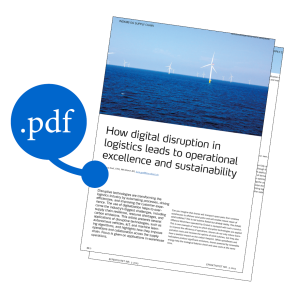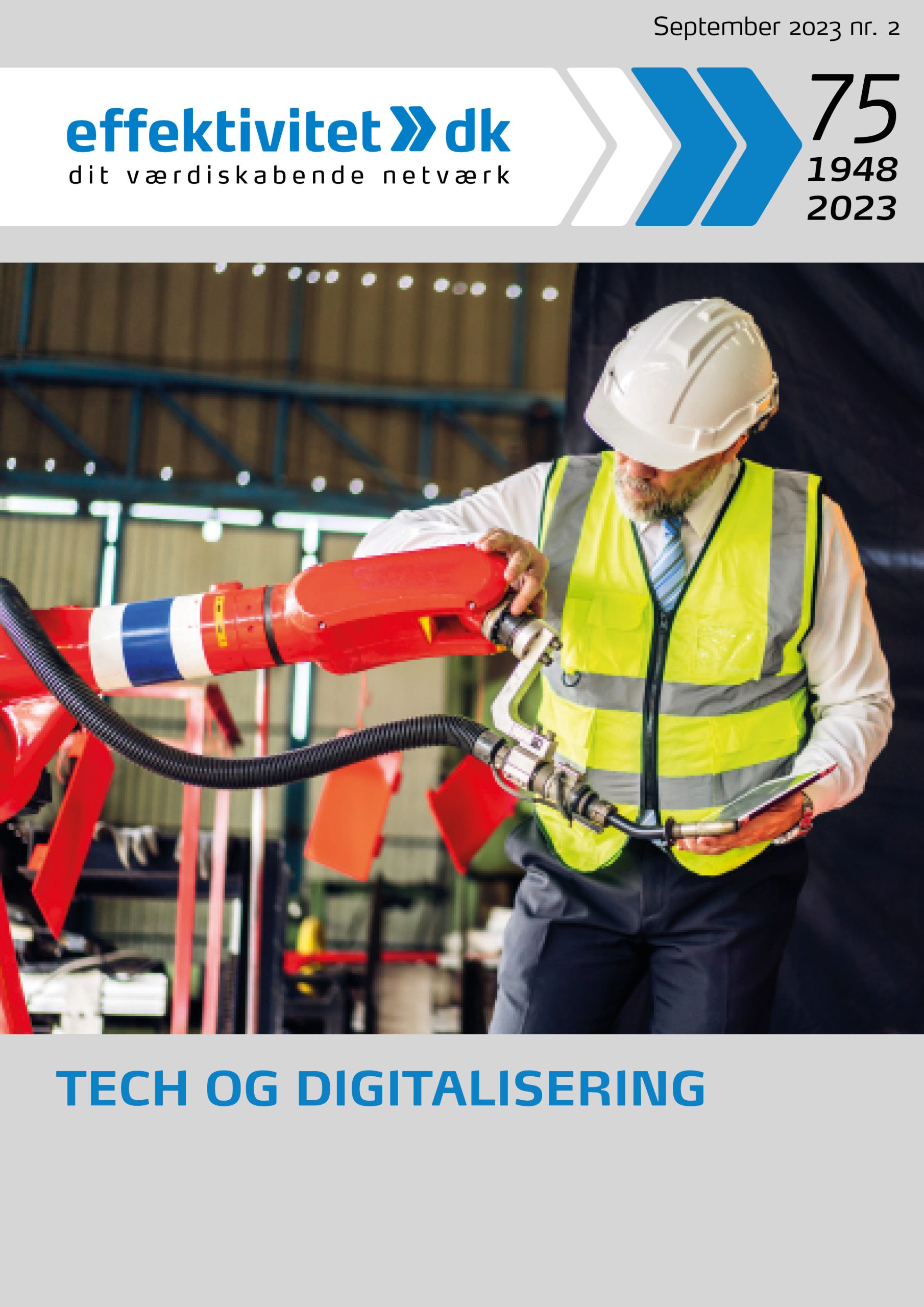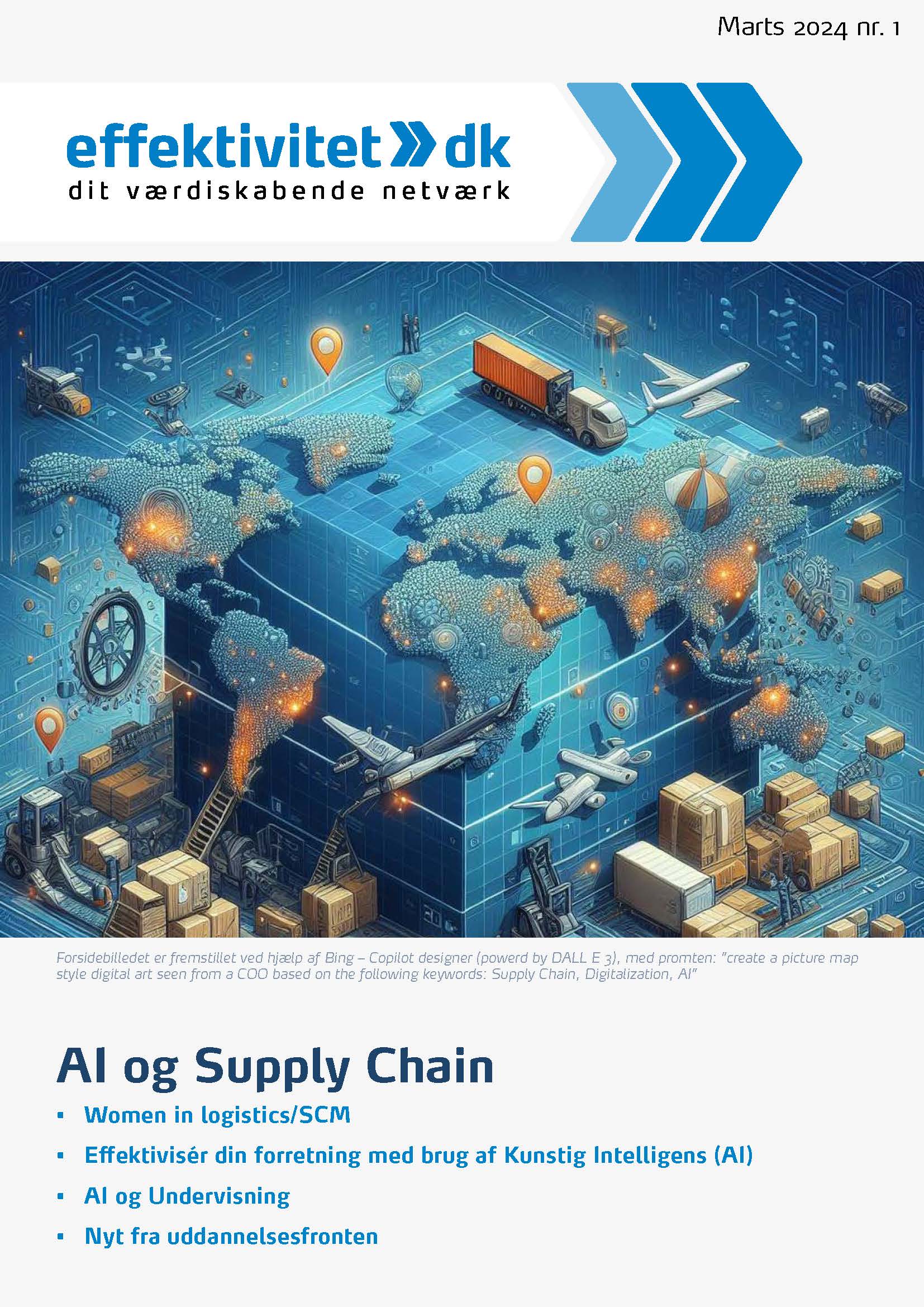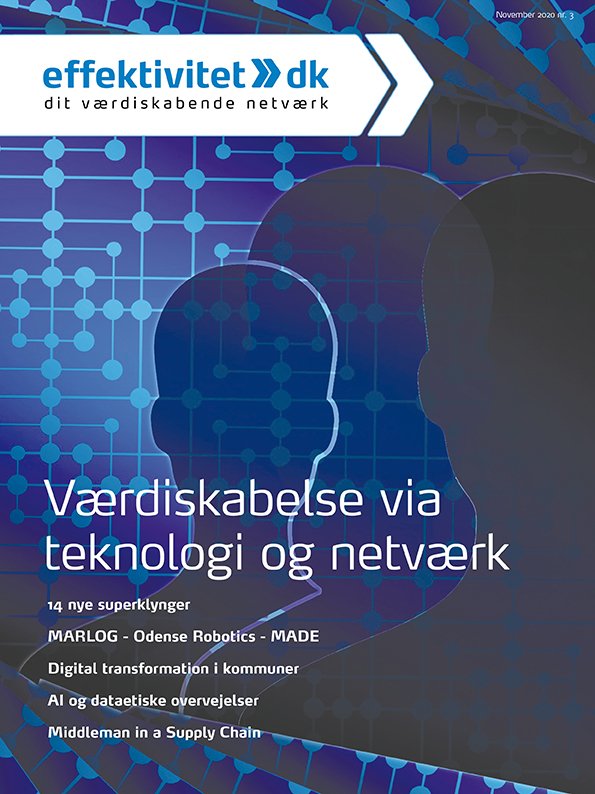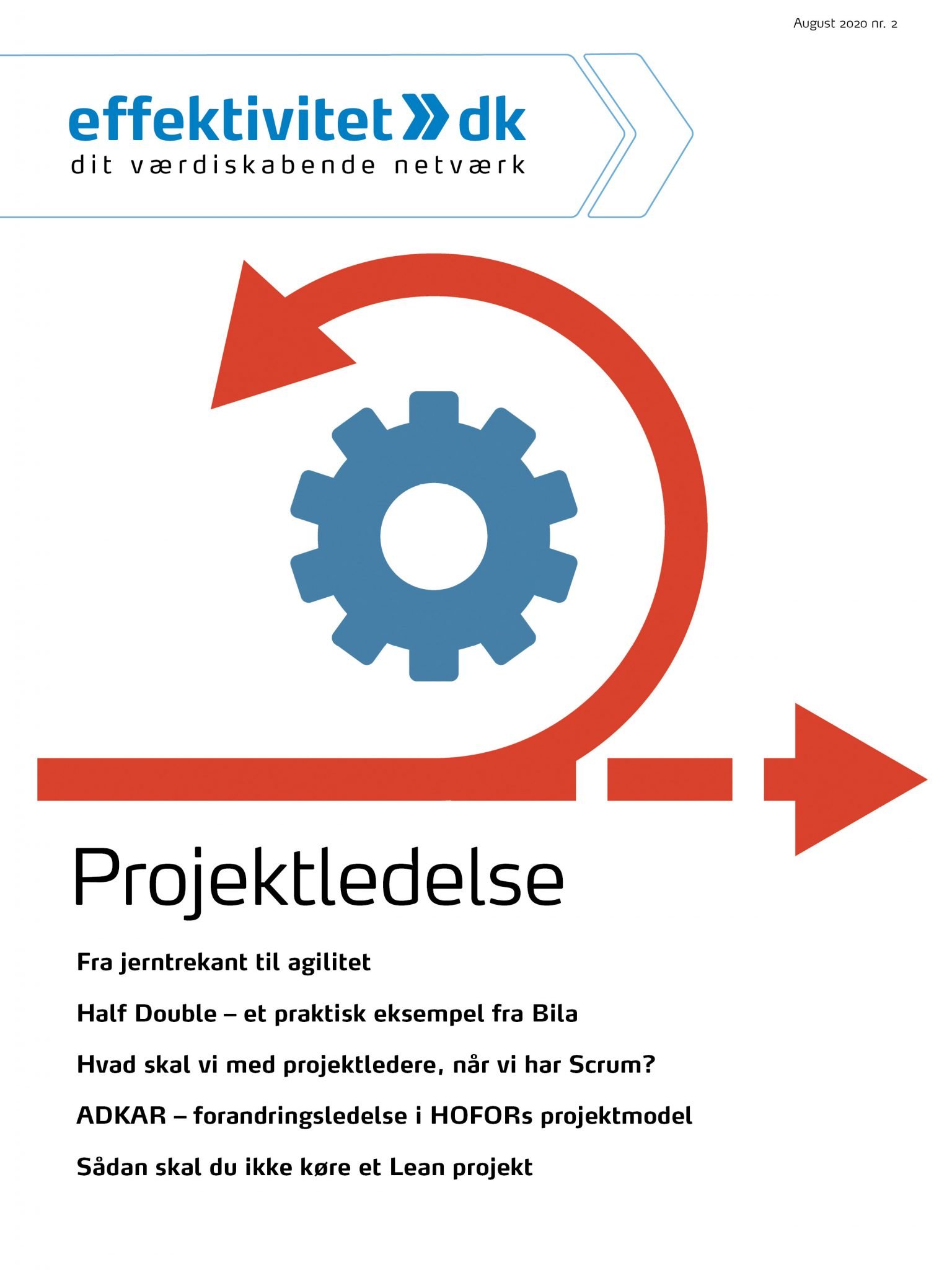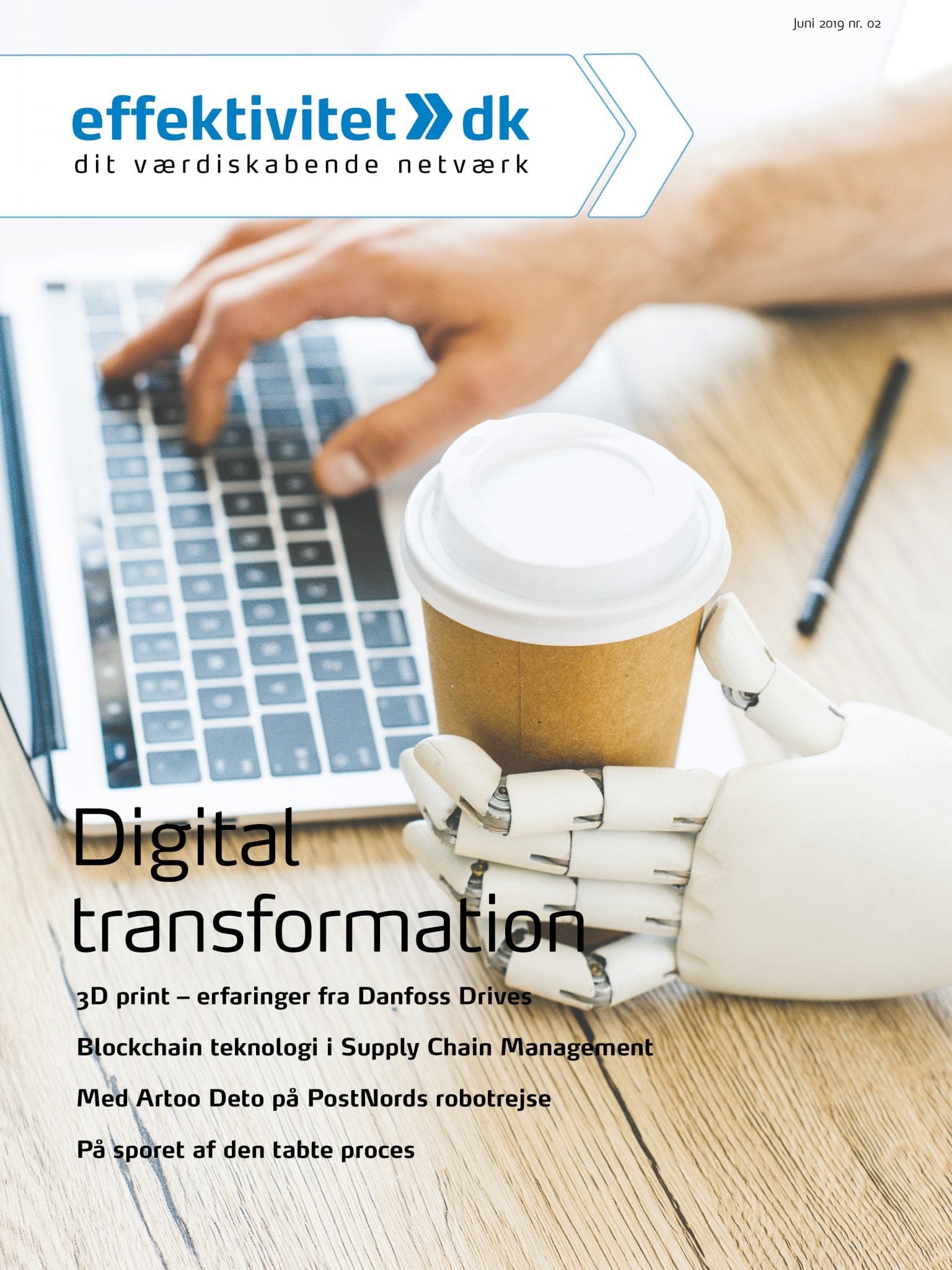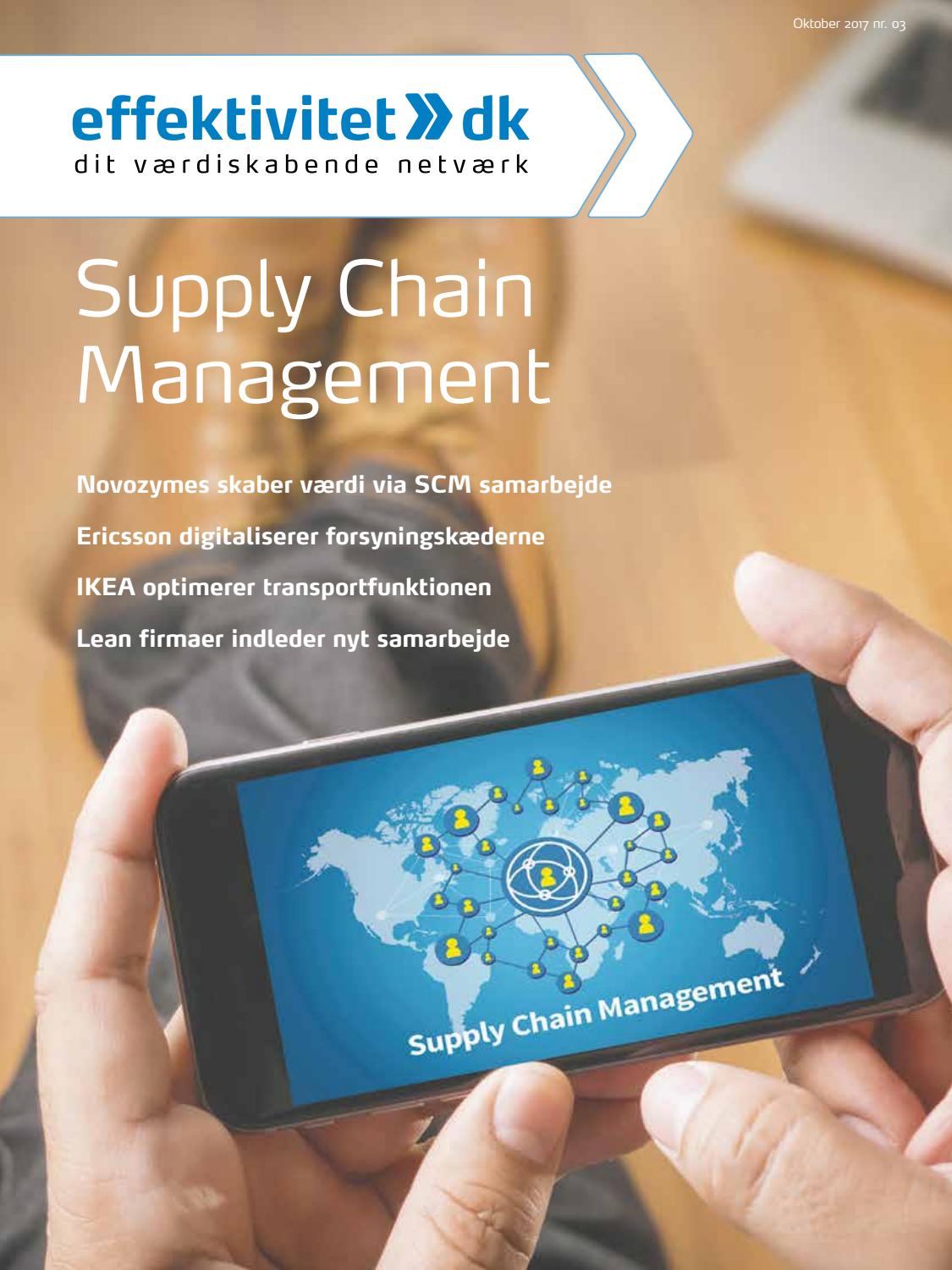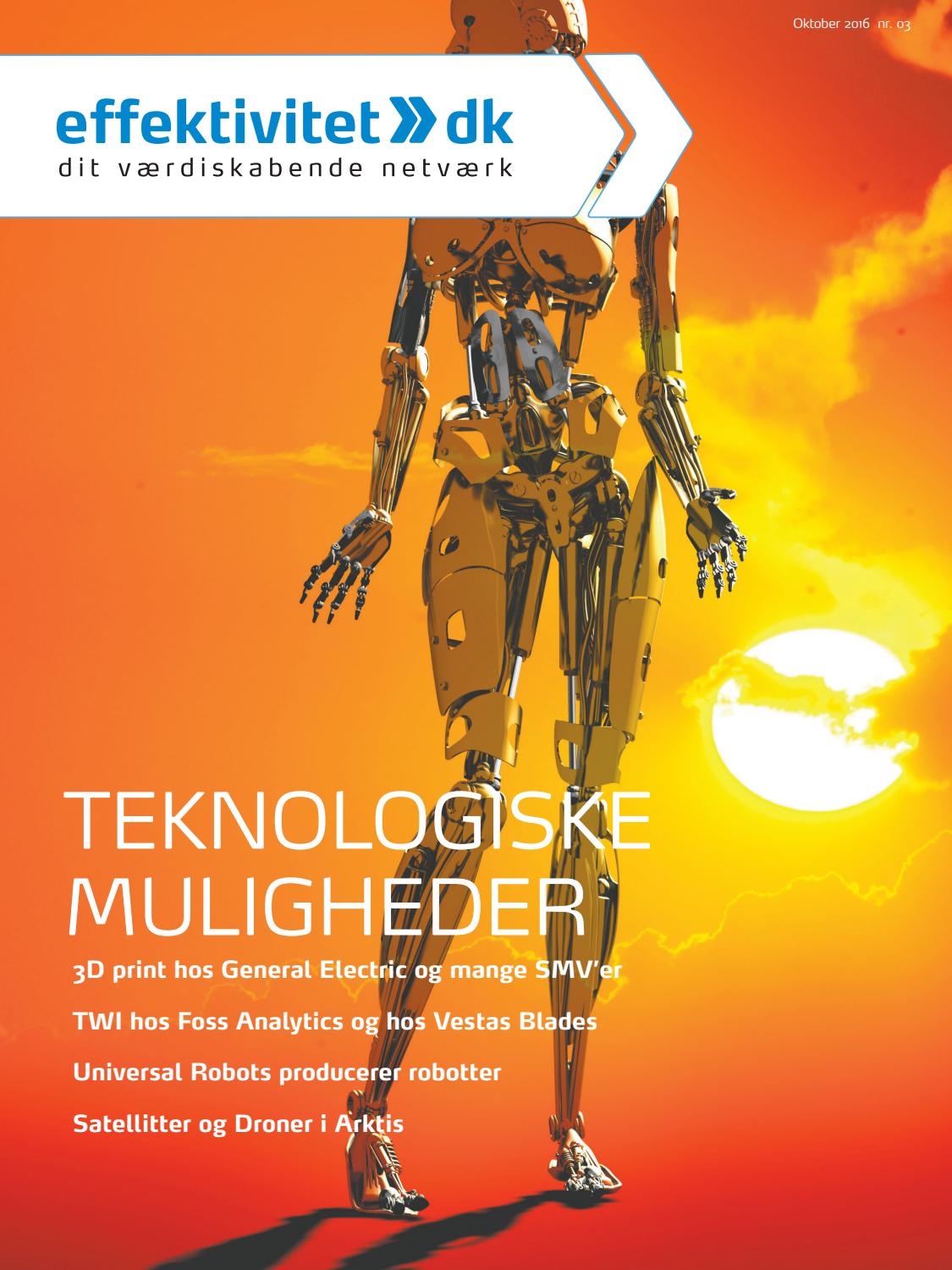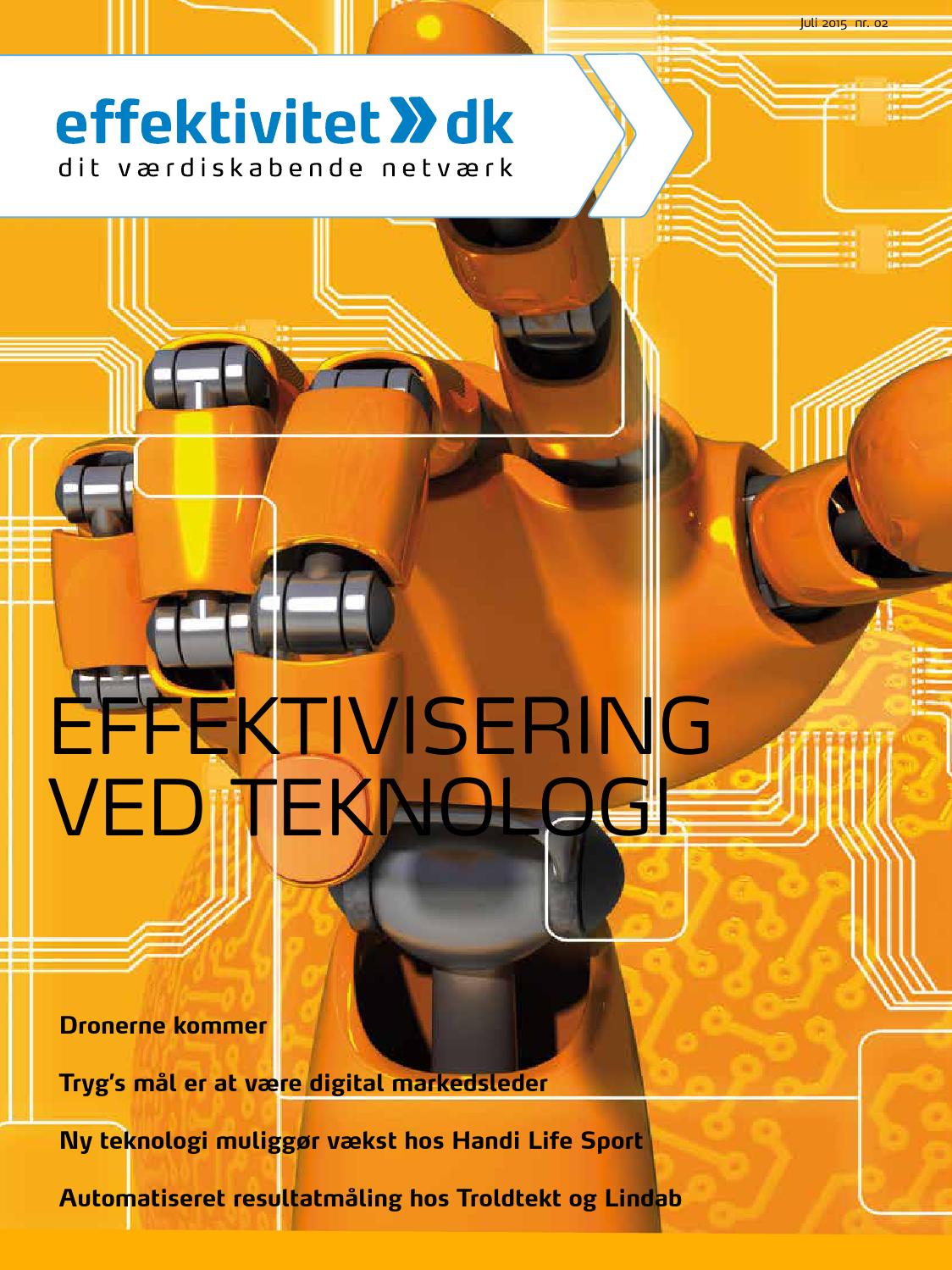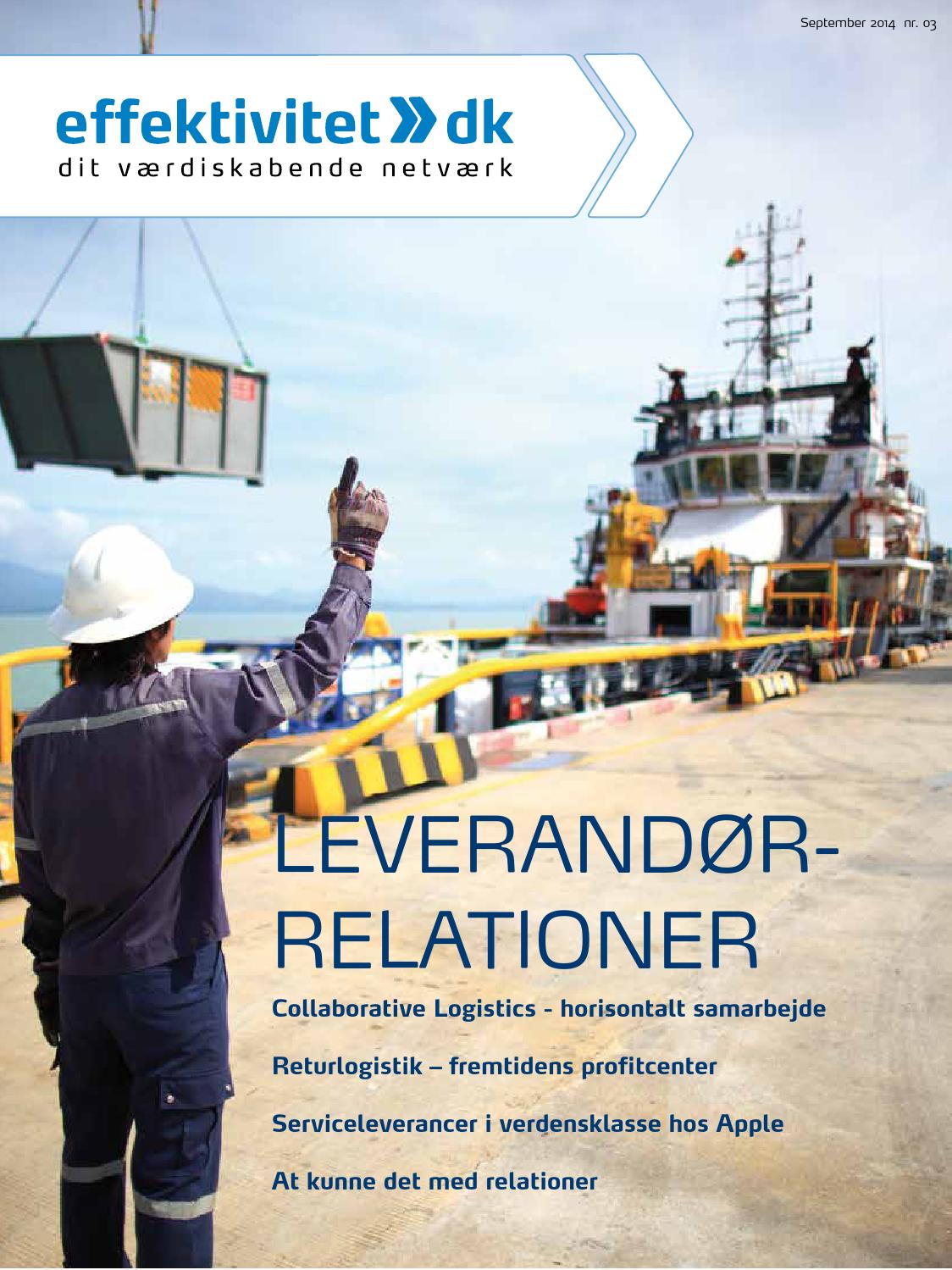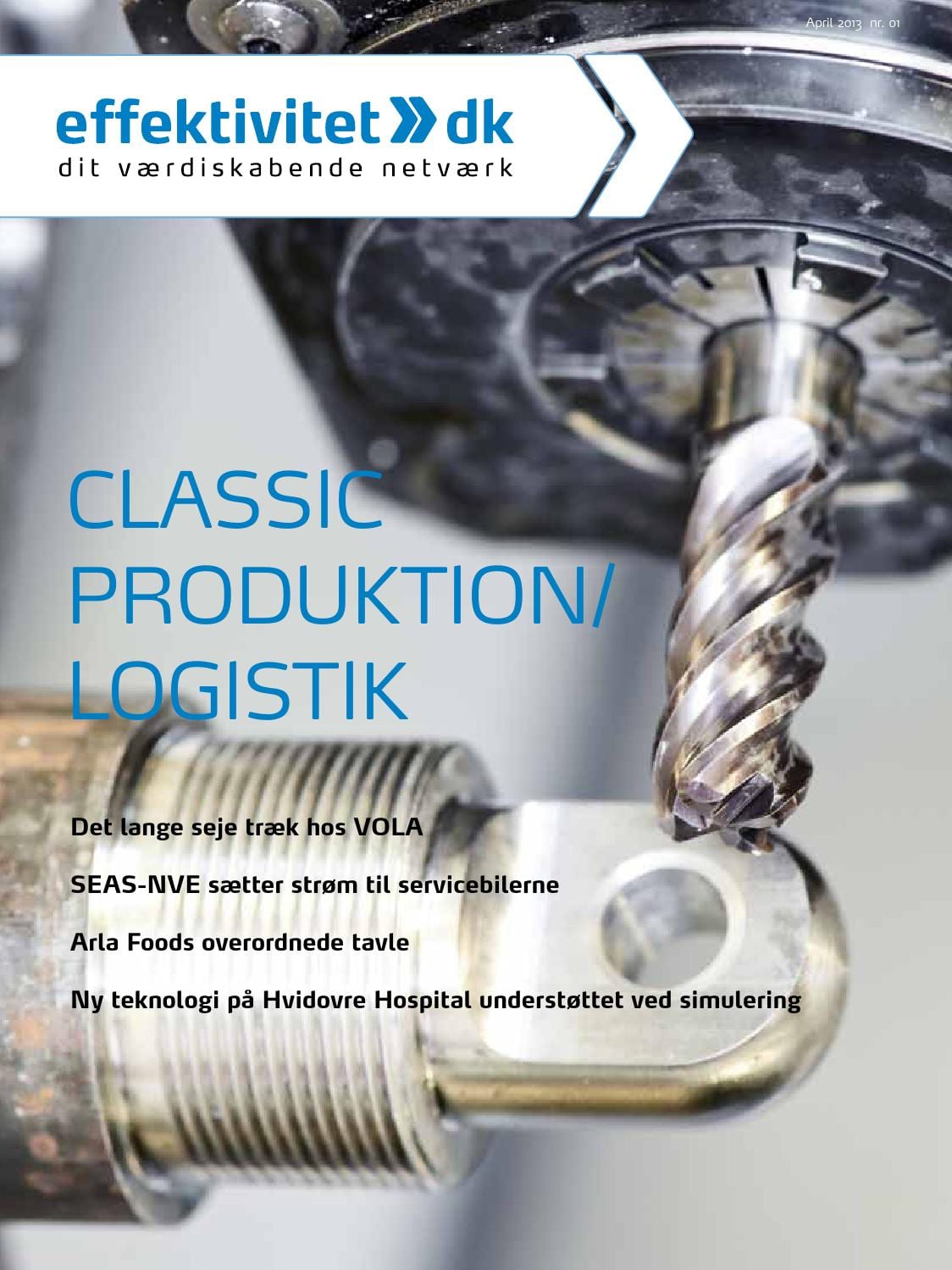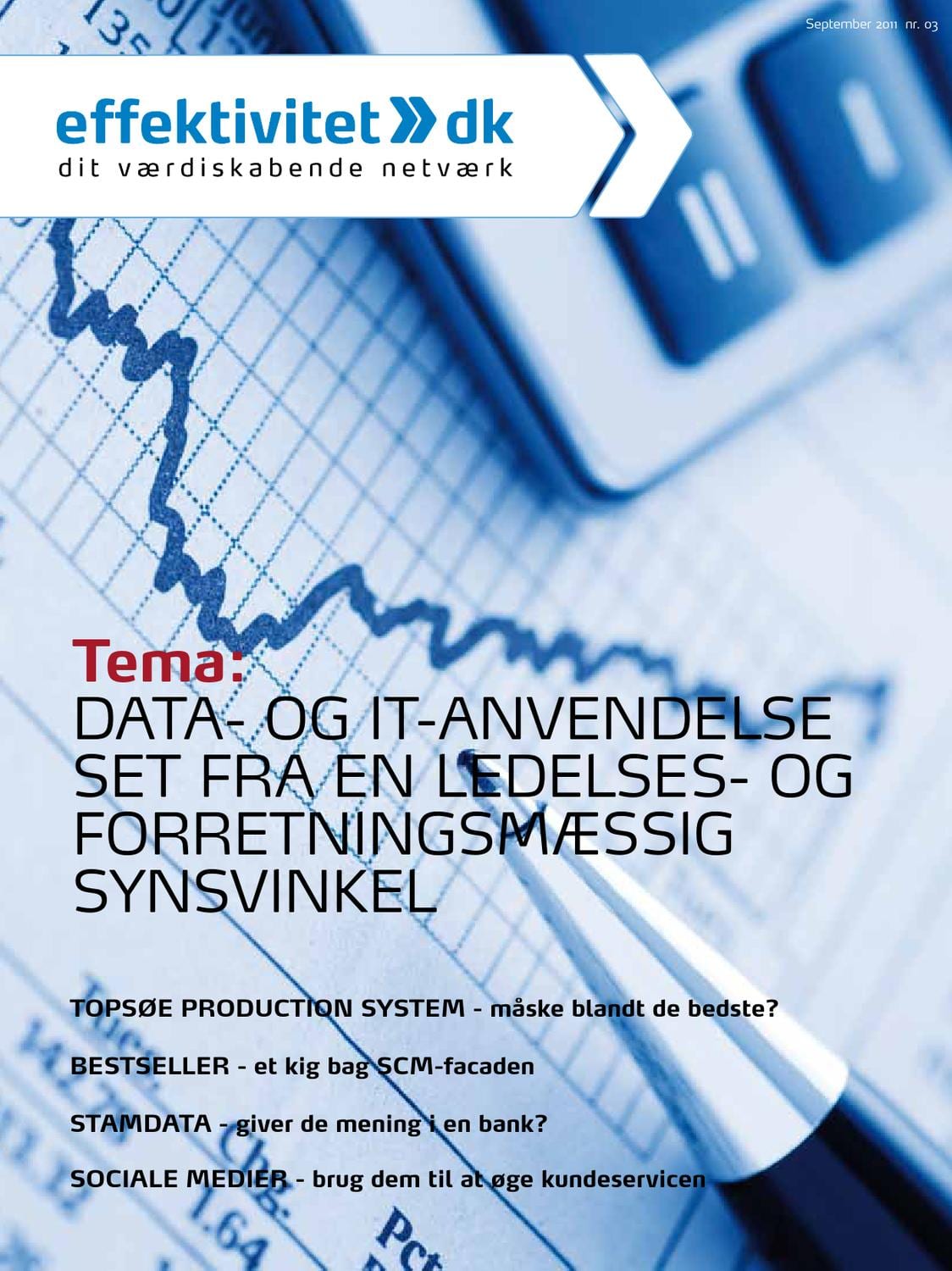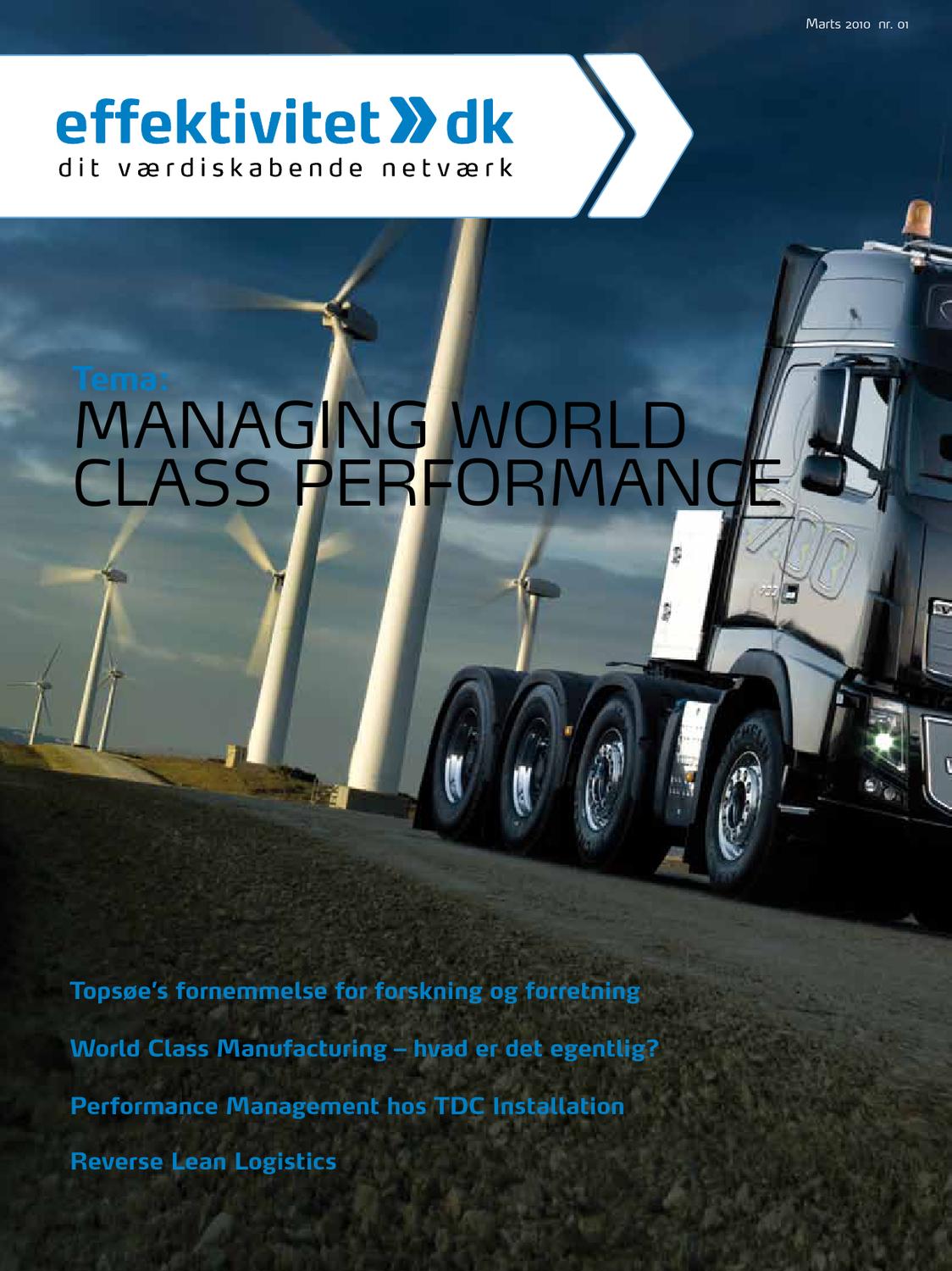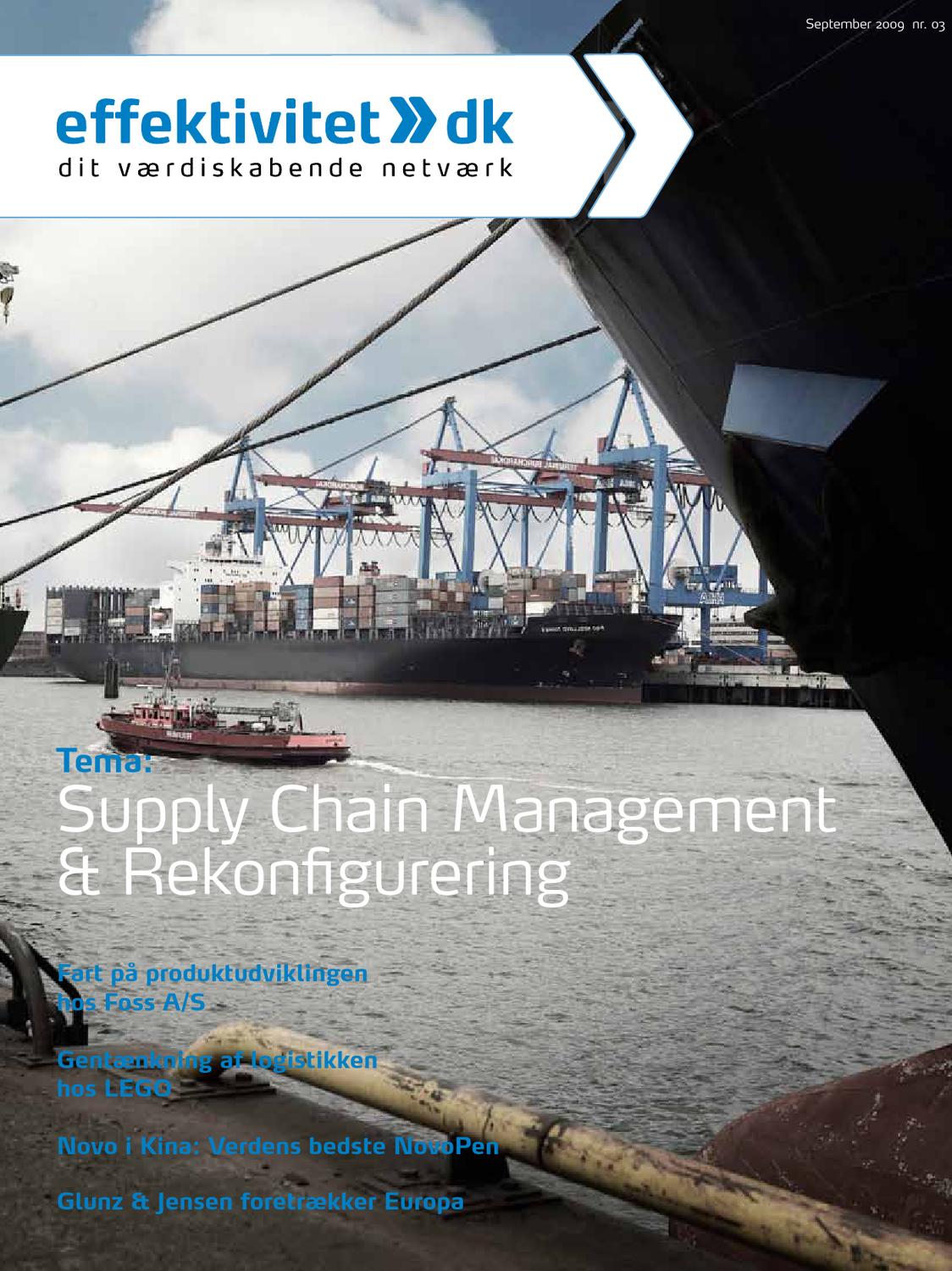How digital disruption in
logistics leads to operational excellence and sustainability
Disruptive technologies are transforming the logistics industry by automating processes, driving efficiencies, and improving the customer experience. The use of digitalization helps to overcome the industry’s biggest challenges, including supply chain resilience, resource shortages, and carbon emissions. This article presents several applications of disruptive technologies, such as autonomous vehicles, IoT, and machine learning algorithms, and highlights how they improve operations and collaboration across the supply chain. Focus is given on applications in warehouse operations
Can you imagine that drones will transport spare parts from onshore warehouses to offshore wind parks and will enable instant repair of wind turbines? This is not science fiction but already reality. The Anholt Offshore Wind Farm operated by Orsted is equipped with such a service. This is one example of many in which disruptive technologies are applied to improve the efficiency of operations. Drones do not only reduce transportation costs and increase the uptime of wind turbines, but they also have a positive impact on the carbon footprint. While speedboats and helicopters produce significant emissions, drones powered by renewable energy help the ecological balance sheet and save costs at the same time.
Application of disruptive technologies in logistics
Drones make use of different disruptive technologies to fly, get steered, position themselves and drop the cargo, from robotics to cloud computing, internet-of-things (IoT), computer vision and artificial intelligence (AI). In general, the logistics industry benefits from the application of various disruptive technologies. They differ in terms of use and maturity as shown in figure 1.
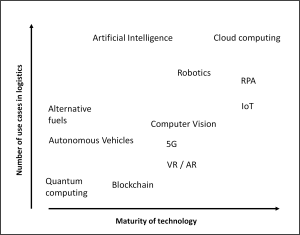
Figure 1: Disruptive technologies in logistics (Source: own analysis)
The technologies with the highest number of use cases and the highest level of maturity are artificial intelligence, cloud computing and robotics. Even robotics process automation and IoT applications are widely used, be it for process automation or to increase the visibility into the supply chain.
Still, the technologies with the highest potential for the logistics industry are indisputable artificial intelligence (AI), robotics, and cloud computing. They help to optimize planning and processes, steer robots and autonomous vehicles as well as skyrocket the data exchange and collaboration within this industry. And they have reached a high maturity level and come a long way within the Gartner Hype Cycle for Supply Chain Execution Technologies.
The potential of AI for the logistics industry has not yet been fully utilized by far. The adoption rate of logistics companies is still low though it could solve many pain points and inefficiencies of this industry. AI applications would particularly enable better planning in the areas of demand forecasting, network planning, fleet management and route optimization. Better planning also means better asset usage by optimizing the usage of space, transportation capacity and time and shortening ways along any routes. This has also a positive impact on emissions. Optimizing logistics directly leads to a lower carbon footprint. Figure 2 shows other viable application areas of AI in logistics.
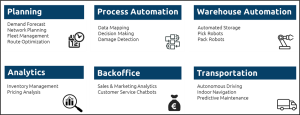
Figure 2: AI applications in logistics (Source: Anner 2022)
To better understand the potential of these disruptive technologies, it is worthwhile to explore the driving forces of digital disruption in logistics. These are the major pain points of this industry, such as process automation, asset utilization, pricing transparency and supply chain visibility (Wurst, Graf 2021). The logistics sector has an enormous deficit and potential for improvement in these areas. While still many processes are operated manually, more automation would help to drive efficiencies and customer experience.
Digital disruption in warehouse operations
Let’s take a closer look at warehouse operations. In a warehouse goods are received, put-away, stored, picked, packed, and shipped. In most of these processes manual transactions prevail. Introducing robotics to warehouse operations tackles many challenges at once, from increasing productivity and storage density to overcoming labour shortages and restrictions during pandemics or national holidays or night bans as well as reducing errors and job fatigue. The latter two improve the quality of operations and hence the customer experience. Moving robots also create lots of data points. Extracting and visualizing this information gives valuable insights into the daily operations and offers the basis for further optimization and productivity enhancements.
Another positive side effect are lower (carbon) emissions. Robots do not need light and heating nor do they drive with cars with combustion engines to work. In addition, assets are utilized to a higher degree, be it warehouse space or operating hours. And the visibility into the supply chain is improved as stocks are managed by systems and robots are not prone to errors. The limitation clearly lies in the investment and financial viability required to equip the entire contract logistics sector with robots. Figure 3 shows the comprehensive advantages of warehouse automation.
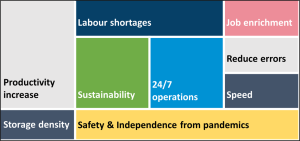
Figure 3: Advantages of warehouse automation (Source: own analysis)
Warehouse automation can be achieved by introducing robotics into the various processes within a warehouse operation. Meanwhile robots have been built for all processes, from receiving goods to putting them away, storing, picking, packing, and shipping goods in the outbound areas. In the following, different examples of robots are listed along the typical process flow of warehouse operations:
– autonomous mobile robots (AMR) offloading trucks and containers (e.g., from Boston Dynamics),
– moving pallets and goods within the warehouse (e.g., from Agilox, MiR, Gideon Brothers),
– storing pallets automatically into the shelves (e.g., pallet shuttle systems from various vendors),
– picking bins from the shelves (e.g., from AutoStore, Exotec, Geek+, Hai Robotics, Quicktron),
– picking goods from the bins (e.g., from Sereact, No Magic, Covariant),
– packaging goods (e.g., from CMC, Packsize, Sealed Air, Spark Technologies),
– sorting parcels by destination (e.g., from Cellumation, Libiao Robotics),
– scanning inventory by using autonomous drones (e.g., from Verity, ware.ai),
– loading parcels and goods into trucks and containers (see first point above).
Other areas of warehouse automation
In addition to robotics, there are numerous other applications of disruptive technologies that increase the efficiency of warehouse operations. Yard management systems for instance help to plan the usage of ramps and resources effectively in the inbound and outbound process. Hauliers register for slots and transmit shipment data digitally. This approach facilities the exchange and usage of data in addition to plan resources in a warehouse environment more effectively.
Cargo gates equipped with sensors measure the correct dimensions and weights of cargo and create most valuable master data of all articles stored in a warehouse. This can be used to calculate and optimize the storage and capacity of warehouses. The gates also take pictures to document the condition of incoming goods. The photo material is used in case of claims about damages or losses or to optimize packaging. Knowing the data of all stored goods also enables the operator to create a digital twin of the warehouse operations. Again, this helps to increase the visibility into warehouse operations and to plan resources more efficiently.
Exoskeletons are the best example of human-machine collaboration in a warehouse environment. They are mechanical devices worn by a human being to support and assist him or her in executing heavy tasks, such as lifting, storing, or moving. Exoskeletons can relieve the body significantly, particularly the lower back. Passive exoskeletons with only mechanical structures let 8kg feel like 1kg. Active exoskeletons powered by electrical engines turn 30kg into 5kg perceived weight. Studies show a positive effect on productivity and long-term health. The user is less tired of continues lifting and carrying exercise with heavy goods. Best use cases are in the loading and unloading of trucks and containers and in palettizing exercises.
Scanning is a continuous task in warehouse operations. Disruptive technologies make this task much more efficient. Software development kits (SDK) empower cameras in smartphones and smart glasses by applying computer vision technologies. With the help of these performant devices, barcodes are detected in milliseconds, from distances of several meters, partially scratched or conditions of low light or dust.
By installing sensors and other IoT-based devices in a warehouse environment goods can be tracked continuously, be it by location, condition, or amount. Sensors typically measure temperatures, humidity, light, weight, and vibrations. The information can be stored within a device and extracted actively through mobile transmission or passively by connecting the device to any kind of reader. Measuring the weight gives an indication of the amount of goods stored. In addition, the position of the sensor and the good is captured. Recently, radio frequency identification (RFID) technology has been revitalized as costs for RFID tags have come down and are meanwhile much smaller. This technology particularly helps to locate and track the inventory of goods in a warehouse.
Relationship between efficiency gains and sustainability
Efficient processes in logistics are directly linked to emissions. The more efficient processes are executed, the better assets are utilized, and the higher the visibility into supply chain is, the better for the environment. The use of disruptive technologies not only helps to improve the operational efficiency of the logistics industry but also reduces the carbon footprint at the same time.
All examples cited in the article for operational excellence pay into environmental balance sheet. For instance, optimizing loads in a truck or container on the yard or increasing storage density in warehouse aid to achieve both objectives contemporarily. Goods that can be tracked don’t get lost and can be delivered in due time without the need to send them separately by express freight.
Disrupting logistics
Many more examples of how disruptive technologies are applied in the entire logistics industry from contract logistics to sea and airfreight forwarding to e-commerce logistics and last-mile distribution can be found in the following book “Disrupting Logistics – Startups, Technologies, and Investors Building Future Supply Chains”. Startup founders and other innovators of this industry report about their inventions, technology applications and new business models. The author of this article has co-edited the collective book contribution.

References
- Anner, F. (2022). KI in der Logistik: Wie Roboter helfen, E-Commerce Pakete zu verschicken. Bodensee Summit digital 2022
- Wurst, C. and Graf, L. (2021). Disrupting Logistics: Startups, Technologies, and Investors Building Future Supply Chains. Springer


